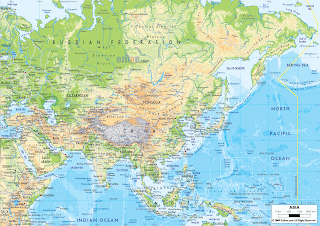The importance of water
The most important use of water in agriculture is for irrigation, which is a key component to produce enough food. Irrigation takes up to 90% of water withdrawn in some developing countries and significant proportions in more economically developed countries (United States, 30% of freshwater usage is for irrigation). It takes around 3,000 litres of water, converted from liquid to vapour, to produce enough food to satisfy one person's daily dietary need. This is a considerable amount, when compared to that required for drinking, which is between two and five litres. To produce food for the 6.5 billion or so people who inhabit the planet today requires the water that would fill a canal ten metres deep, 100 metres wide and 7.1 million kilometres long – that's enough to circle the globe 180 times.














